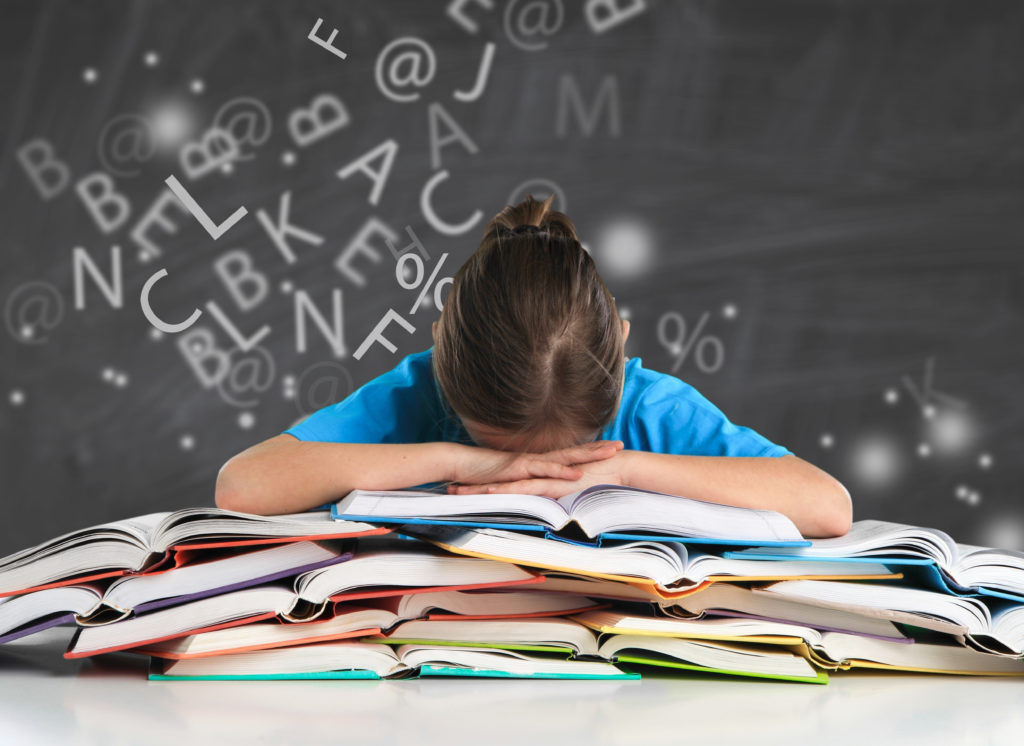
The visual system plays an important role in learning to read printed text; you need to attend to the letters and words and be able to process them in the brain. However, there is no official diagnosis of ‘visual dyslexia’, and the role visual processing difficulties play in dyslexia is still debated by researchers. Visual dyslexia is also commonly referred to surface dyslexia, dyseidetic dyslexia, or orthographic dyslexia.
In this article we will provide a brief overview of how vision can impact reading, signs of a vision problem, and how to help your child if you believe their vision is impacting their reading.
1. What is Visual Dyslexia?
Visual dyslexia refers to the role the visual system plays in reading and writing.
The primary way the visuospatial system has impacted reading in children with dyslexia is visuospatial attention. Visuospatial attention is the ability to find and then stay focused on the letters or words you are reading in order to process the image.1,2,3,4 For example, children with dyslexia have more difficulty finding the letters they need to focus on (like focusing on ‘sh’ long enough to know to combine them in the “shhh” sound), as well as finding and staying with the word they are reading, rather than looking at other words on the page.
Your physical vision could also cause difficulty reading. For example, if you are far-sighted and text close to you is blurry. This is generally correctable with glasses and is generally not implicated in dyslexia.
Finally, visual processing disorder (VPD) is a learning disability that is associated with difficulty processing images and text. Children with VPD have difficulty with:
- Knowing where items are in space, including difficulty with directionality, like confusing letters like b and d
- Telling the difference between text/images in terms of their color, size, form, shape, or pattern.
- Understanding a symbol and the parts that make it up. For example, that the letter ‘E’ is made up of four lines or that the word ‘mat’ is made up of three letters.
2. Signs of Visual Dyslexia
Your child might have visuospatial difficulties that contribute to their dyslexia if they:
- Have difficulty focusing on a single word or line of text.
- Are frequently scanning the whole page while reading.
- Frequently skip lines or words.
- Get similar looking letters confused.
3. What do I do now?
If you have concerns about your child’s reading and visual skills, reach out to your child’s pediatrician or teacher. They can help direct you to the appropriate professionals to determine your child’s strengths and areas for extra support.
For practicing reading at home, LightSail has excellent supports for readers with visual difficulties. Most importantly, LightSail’s Personalized Reader allows you to decide how much text your child is shown at once, which could help with their visuospatial attention! Your child is able to see only the word, line, or 2-3 lines of text that they are reading at a time, based on their needs. LightSail also allows you to decide how dark the shading is, so as your child’s visuospatial skills improve you can adjust how much support you provide. This is something no print book can do!
While visual dyslexia is not an official diagnosis, there is some research to support visuospatial attention skills playing a role in reading difficulties like dyslexia. Children with visuospatial difficulties may benefit from supports that help them focus on the word or line they are reading. Fortunately, LightSail allows you to easily fit any of their books to your child’s needs!

Posted on 8.Aug.21 in Struggling Readers




